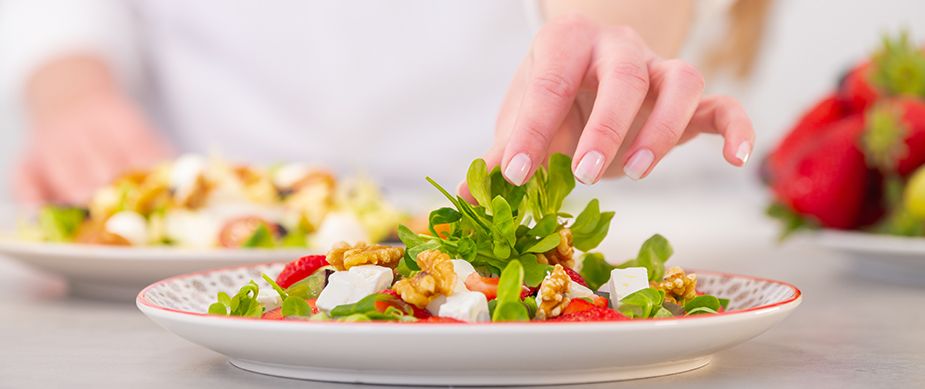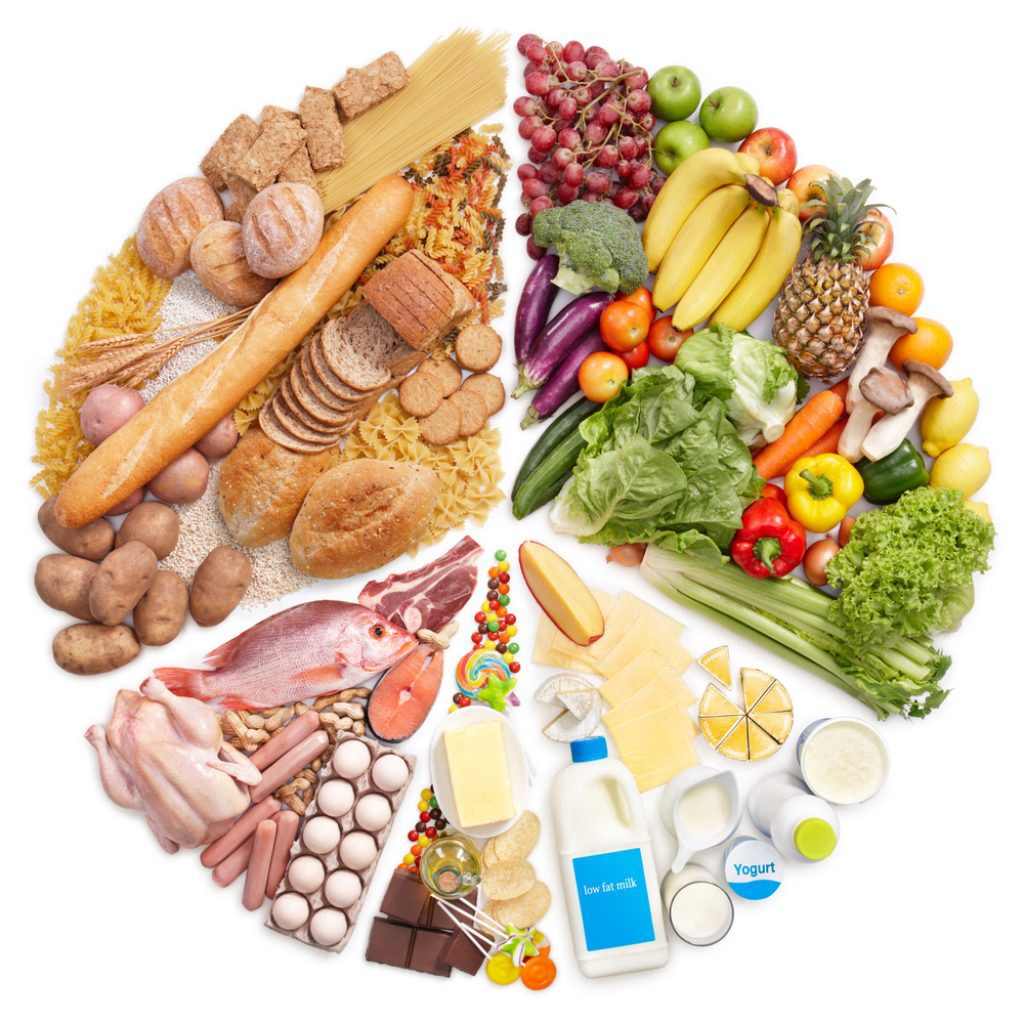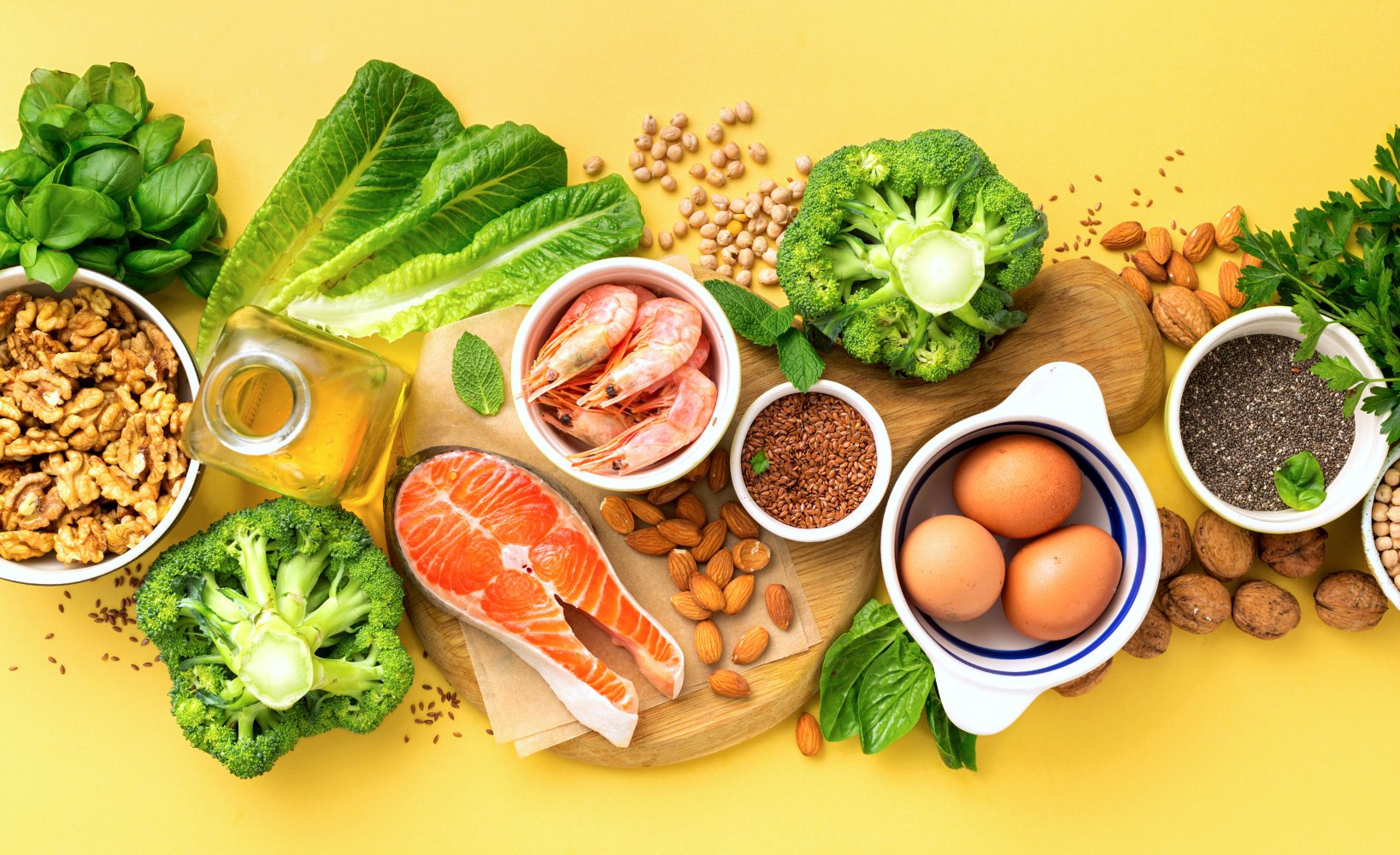It is important to create healthy, balanced meal plans for children in order to promote their development and well-being. This comprehensive guide will help parents and caregivers create nutritious meal plans for children that they’ll enjoy.
Understanding Nutritional Needs of Children
- Caloric Requirements: The calorie needs of children vary depending on their age, gender and level of activity. Children younger than age 10 and teens need less calories.
- Macronutrients:
- Protein: Supports muscle growth and repair, essential for growth and development.
- Carbohydrates: Fuel the brain and provide energy for daily activities.
- Fats: Essential for brain development, hormone synthesis, and absorption fat-soluble vitamins.
- Micronutrients:
- Minerals and Vitamins: Essential for bone health and growth. To ensure an adequate intake, include a variety fruits, vegetables and whole grains.
Components of an Healthy Meal Plan
- Fruits & Vegetables :
- Vitamins, minerals, fibre, and antioxidants are all important.
- Choose a wide range of colors for maximum nutrition.
- Vegetables and fruits can be served as main meals or snacks.
- Whole Grain:
- Rich in vitamins, minerals, and fiber.
- Include whole grains like whole wheat bread, brown or wild rice, oats and quinoa.
- Choose whole grain alternatives to refined grains such as white bread.
- Proteins:
- Essential for growth, tissue repairs, and immune functions.
- Include lean meats such as chicken, turkey, fish, eggs and beans, lentils tofu and nuts.
- Variate your protein sources for different nutrients.
- Dairy or dairy alternatives:
- It is important for calcium, vitamin-D, and protein.
- Offer dairy products like milk, cheese, yogurt and fortified alternatives such as almond milk or soyyogurt.
- Healthy fats:
- Support brain development by absorbing fat-soluble vitamin.
- Include avocados, nuts and seeds as well as olive oil.
- Reduce the amount of trans and saturated fats in processed foods, fried food and snacks.
Samples of Healthy and Balanced Meal Plans
Breakfast Options
- Whole Grain Pancakes With Fruit:
- Topped with fresh berries, maple syrup and whole grain pancakes.
- Add protein and calcium to yogurt or milk.
- Oatmeal, Nut Butter, and Bananas:
- Steel-cut oatmeal cooked in milk or water and topped with a spoonful nut butter, banana slices, and a spoonful nut butter.
- Add a sprinkle of cinnamon to your food for a delicious flavor.
- Wrap with Egg and Veggies:
- Wrapped in a whole-wheat tortilla are scrambled eggs and diced vegetables such as spinach, tomatoes, bell Peppers, etc.
- Serve with a side fruit or small yogurt cup.
Lunch Options
- Turkey and Cheese Sandwich
- Whole grain bread topped with tomato, lettuce, tomato, cheese and sliced turkey breast.
- Baby carrots with hummus dip.
- Quinoa Salad With Chickpeas
- Quinoa with chickpeas and cucumber, cherry tomato, and feta.
- Dress with lemon juice and olive oil.
- Grilled Chicken wrap:
- Wrapped in a whole-wheat tortilla, with salsa, lettuce, and shredded cheese.
- Sliced apple or pear on the side.
Dinner Options
- Baked salmon with Sweet Potatoes and Broccoli:
- Salmon fillet baked with sweet potato wedges, steamed broccoli and roasted sweet potatoes.
- Dessert: Serve a small yogurt bowl.
- Vegetable Stir Fry with Tofu :
- Stir-fried mixed vegetable (bell peppers and carrots), tofu, in a light sauce.
- Serve with brown rice or whole-wheat noodles.
- Homemade pizza with salad:
- Whole wheat pizza with tomato sauce and mozzarella cheese topped off with assorted vegetables including mushrooms, spinach, bell Peppers.
- Salad with mixed greens and cherry tomatoes. Dressed in a light vinaigrette.
Snack Ideas
- Yogurt Dip with Fresh Fruit: Apple, pear or berry slices served with yogurt dip (plain yogurt with honey or vanilla extract).
- Homemade trail mix: Combine unsalted nuts, seeds, and dried fruits.
- Vegetable sticks with Hummus: Bell pepper strips, carrot sticks, cucumber slices and hummus are served as a dip.
Tips to Encourage Healthy Eating Habits
- Get kids involved in meal preparation: Let your children choose the fruits and vegetables they want at the supermarket and let them help you with simple tasks such as stirring, mixing or setting the tables.
- Colorful Meals are Fun: Choose colorful fruits and veggies to create visually appealing meals. Arrange your food creatively or use cookie cutters for sandwiches.
- Be an example: Share meals with your family as often as possible, and show healthy eating habits. If they see their parents eating new foods, kids are more likely try them.
- Limit Processed Foods and Sugary Drinks: Limit sugary drinks and offer water or milk instead. Reduce the availability and choose whole food alternatives instead of processed snacks.
- Encourage Regular Eating Times: Create a schedule for meals and snack times to regulate appetite and reduce grazing during the day.
Conclusion
To create a healthy, balanced diet for children, you need to provide a wide variety of foods that will support their overall health, growth and development. Parents and caregivers are able to ensure that children get the essential nutrients they need by incorporating fruits, vegetables and whole grains with lean protein, dairy alternatives and healthy fats. Encourage positive eating habits, and involve kids in the preparation of meals to foster a lifetime appreciation for healthy food. A registered dietitian will provide you with personalized advice based on your child’s nutritional needs and preferences.




